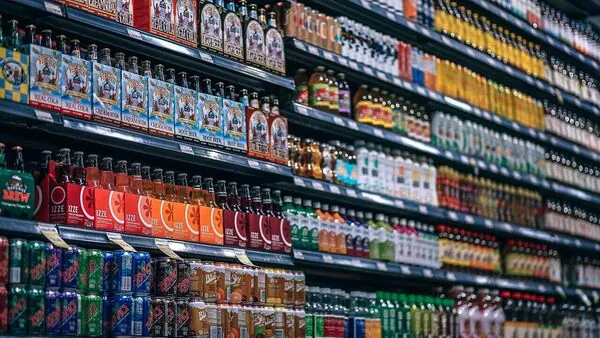Now Reading: FMCG Firms Pass GST Benefits to Consumers with Revised Pack Prices
-
01
FMCG Firms Pass GST Benefits to Consumers with Revised Pack Prices
FMCG Firms Pass GST Benefits to Consumers with Revised Pack Prices

Fast-moving consumer goods (FMCG) companies are moving quickly to update product prices in line with GST rate changes. Old stock is being cleared with revised price stickers, while fresh packs are reaching markets with adjusted labels. For buyers, this means visible price corrections on daily-use items, but the transition is also a test of how smoothly companies and retailers manage compliance.
Several FMCG players have already begun dispatching new consignments with lower prices to reflect the GST cuts. Products like detergents, shampoos, biscuits, and packaged foods are among the most affected categories. Retailers in both metros and Tier 2 cities are expected to see mixed shelves for a while, with old packs being relabeled and new packs arriving simultaneously.
Consumers in cities like Nagpur, Indore, and Jaipur often rely on kirana stores for essentials. Here, shopkeepers are tasked with ensuring price labels match the revised rates, avoiding confusion or mismatch at the counter. Industry observers note that the shift is especially important in smaller towns where price sensitivity is higher and buyers are quick to notice even minor changes.
While the GST revisions are meant to bring relief to consumers, some experts warn of temporary gaps in the system. If relabeling is not done properly, customers may end up paying old rates despite tax cuts. The government has also emphasized strict monitoring to ensure that the benefits are passed on fully and not absorbed midway in the supply chain.
For everyday shoppers, the changes may seem small on individual products, but the impact is cumulative. Lower rates across a basket of household goods can make a difference to monthly budgets, particularly for middle-class families in Tier 2 and Tier 3 cities. The coming weeks will reveal how effectively the industry adapts and whether consumers truly feel the gains of GST in their pockets.
























